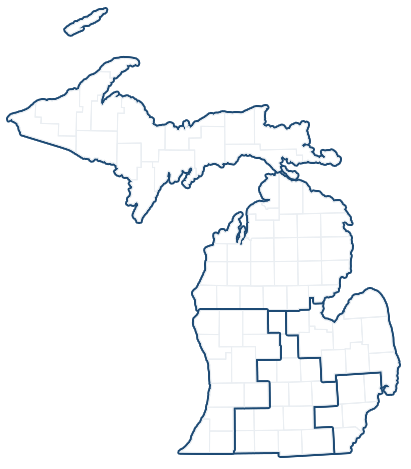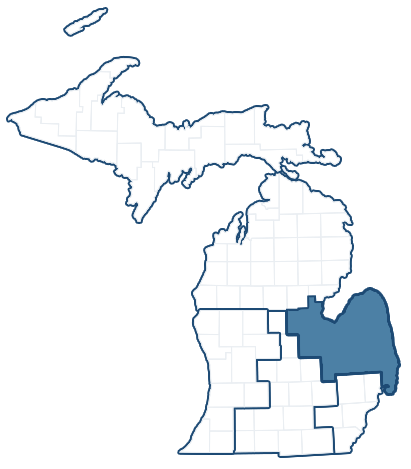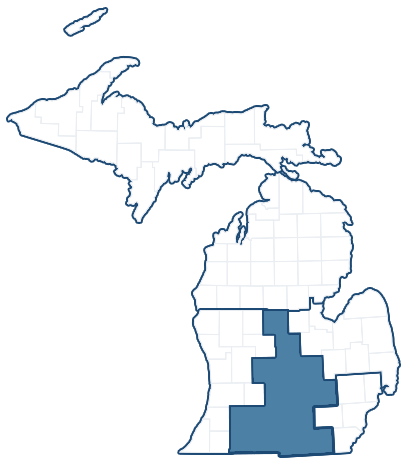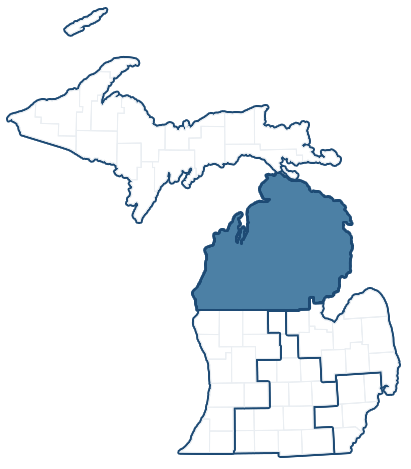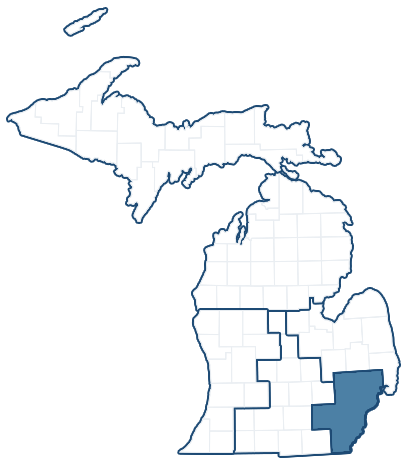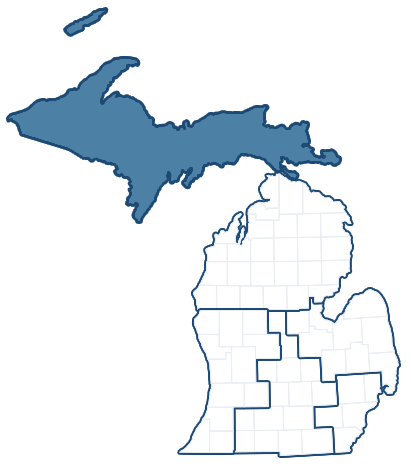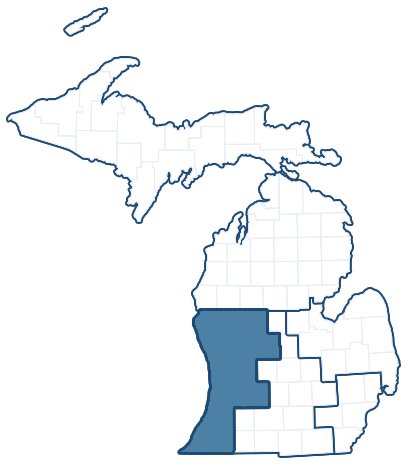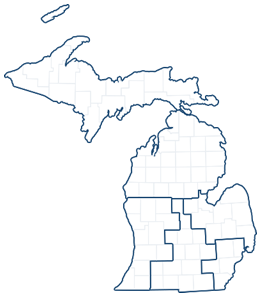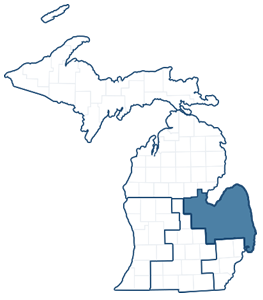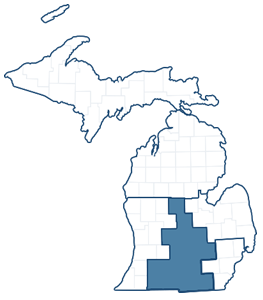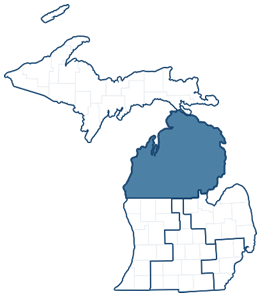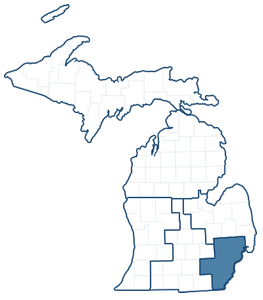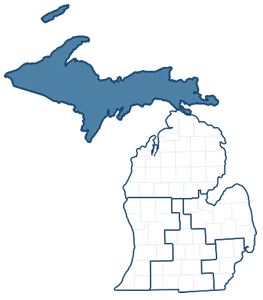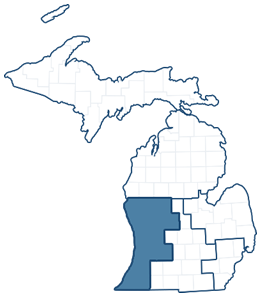Stabenow, Levin, Upton urge EPA to follow city’s lead on Kalamazoo Superfund site
Tuesday, May 13, 2014Sens. Debbie Stabenow and Carl Levin and Rep. Fred Upton today wrote to Environmental Protection Agency Administrator Gina McCarthy, encouraging the agency to follow the wishes of local officials and citizens on cleanup of the Allied Paper Superfund Site in Kalamazoo.
The lawmakers note that the City of Kalamazoo supports the total removal of an estimated 1.5 million cubic yards of PCB-contaminated waste from a landfill on the site "and is concerned about restrictions that would prevent them from developing the site" if EPA chooses to merely cap and contain the contamination. EPA has announced that a final cleanup option for the site will be proposed this year.
The lawmakers also write that it is essential that EPA test the site to ensure that contamination does not migrate into nearby water sources.
The full text of the letter follows:
May 13, 2014
The Honorable Gina McCarthy
Administrator
U.S. Environmental Protection Agency
1200 Pennsylvania Avenue, NW
Washington, DC 20460
Dear Administrator McCarthy:
We are writing in regards to the Allied Landfill, located in Kalamazoo, Michigan, which is part of the Allied Paper, Inc./Portage Creek/Kalamazoo River Superfund Site.
As you know, the Allied Landfill is estimated to contain 1.5 million cubic yards of PCB-contaminated waste from historical paper mill operations, and the EPA has announced that a final remedy for the Allied site will be proposed this year.
It is essential that the final remedy which is selected protects the health and safety of Kalamazoo residents and allows for the site to be redeveloped and put to good use for the community. The City of Kalamazoo strongly supports the total removal option and is concerned about restrictions that would prevent them from developing the site if the EPA chooses to merely cap and contain.
The redevelopment of this site is a top priority for this community. We are concerned that redevelopment could be limited by cleanup remedies other than total removal of the waste. If one of the alternatives is selected that does not involve total removal, such as consolidation and capping or an encapsulation containment system, what restrictions would be placed on development of the site? If the PCB-contaminated material is not totally removed from the site, would it be possible to build housing, a community center or a school at the site? Would the entire site be available for development? It is important the cleanup alternative selected not restrict development at the site.
The community is eager to see this property cleaned up and put back to productive use. The community is interested in using new cleanup technologies at the site that could reduce cleanup costs. We urge the EPA to work with the community to test and develop these new technologies and consider using the site as a pilot project for emerging cleanup technologies.
Also, we understand that the source of Kalamazoo's drinking water is near the Allied site and is regularly tested. However, given the proximity of the Allied site to the drinking water source, it is essential that the EPA test the Allied site for contaminants and to determine whether they are migrating from the site to ground and surface water. When has EPA last conducted such sampling, testing and monitoring? What is EPA's plan for continuing to sample, test and monitor the possible migration of contaminants from the site?
It is important the community continues to have a voice during the decision making process. If you have any questions about our concerns, please feel free to contact any of us or have your staff contact Alice Yates (Sen. Levin) at 202-224-6221, Joe McGarvey (Sen. Stabenow) at 202-224-4822, or Mark Ratner (Rep. Upton) at 202-225-3761. We look forward to your prompt reply. Thank you.
Sincerely,
Debbie Stabenow
U.S. Senator
Carl Levin
U.S. Senator
Fred Upton
Member of Congress
Next Article



